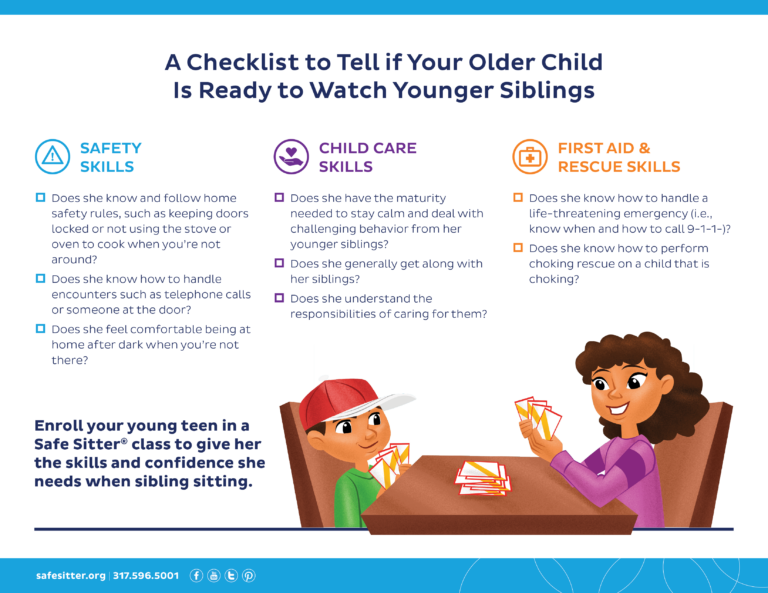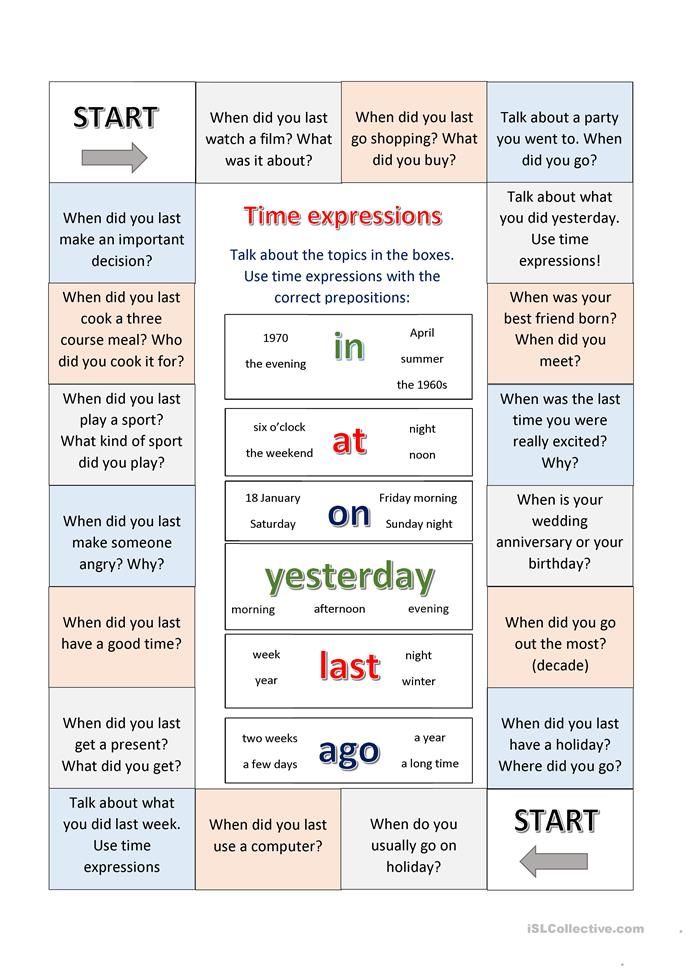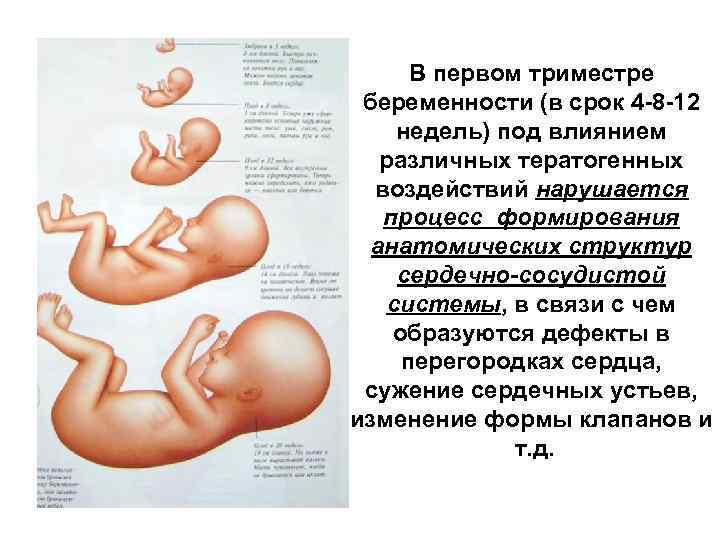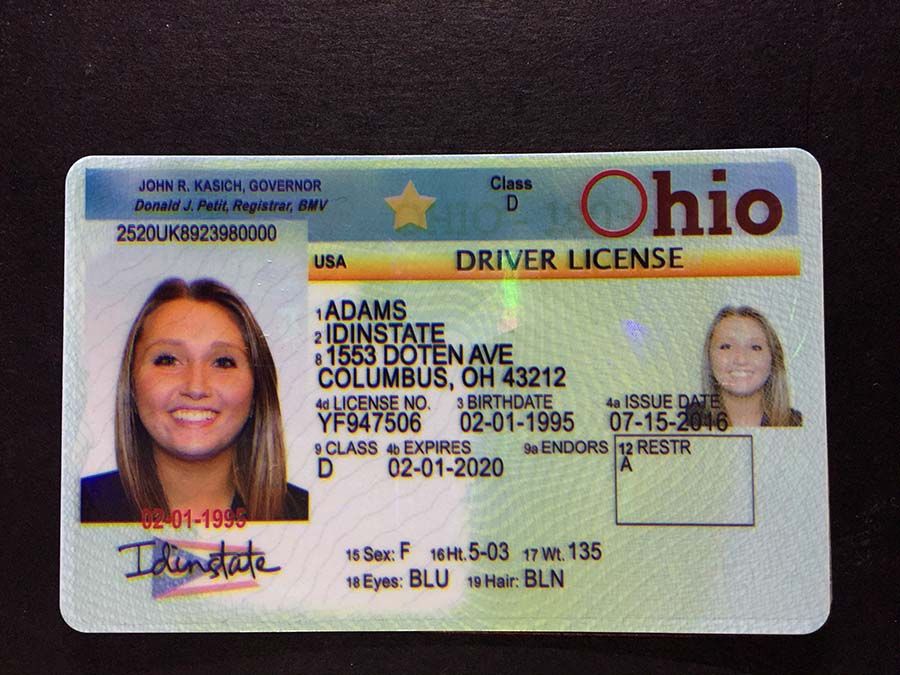How to stop overflow of breast milk
Too much breast milk? How to reduce oversupply
Sometimes you may feel like you’re producing too much breast milk, especially in the first few weeks of breastfeeding. Read on to find out if you really have an oversupply of milk, and what you can do about it
Share this content
Breast milk is amazing, so having lots is a good thing, right? Well, not always... Some babies struggle with the fast flow that usually accompanies an overabundant milk supply. And mums with oversupply can often feel very uncomfortable, with frequently or constantly leaking breasts, and may be more likely to suffer from recurrent mastitis.
Fortunately, there are a number of strategies that can help. But before you try any of these, ask yourself two key questions:
Do I really have too much breast milk?
Some symptoms of oversupply (outlined below) may have a number of other possible causes. It’s unwise to try to decrease your milk supply until you’re sure that oversupply is the underlying problem. Otherwise you could end up with less breast milk than your baby needs, particularly in the crucial first month when you’re trying to establish your supply.
Is oversupply a problem for me or my baby?
If you’re sure you have an oversupply of breast milk, but you and your baby are happy, there’s no need to do anything. Most cases settle down after the first few months. And as your baby grows, he’ll get better at dealing with a fast flow, and may come to enjoy it!
Leaking doesn’t always mean too much breast milk
During the first four to six weeks after your baby is born, your levels of the milk-making hormone prolactin will be increasing each time milk is removed from your breasts. In these early weeks, your breasts are learning how much breast milk your baby needs and how much to make every hour. As a result, excessive leaking and breasts that fill quickly – and even spray milk during let down – are common and normal.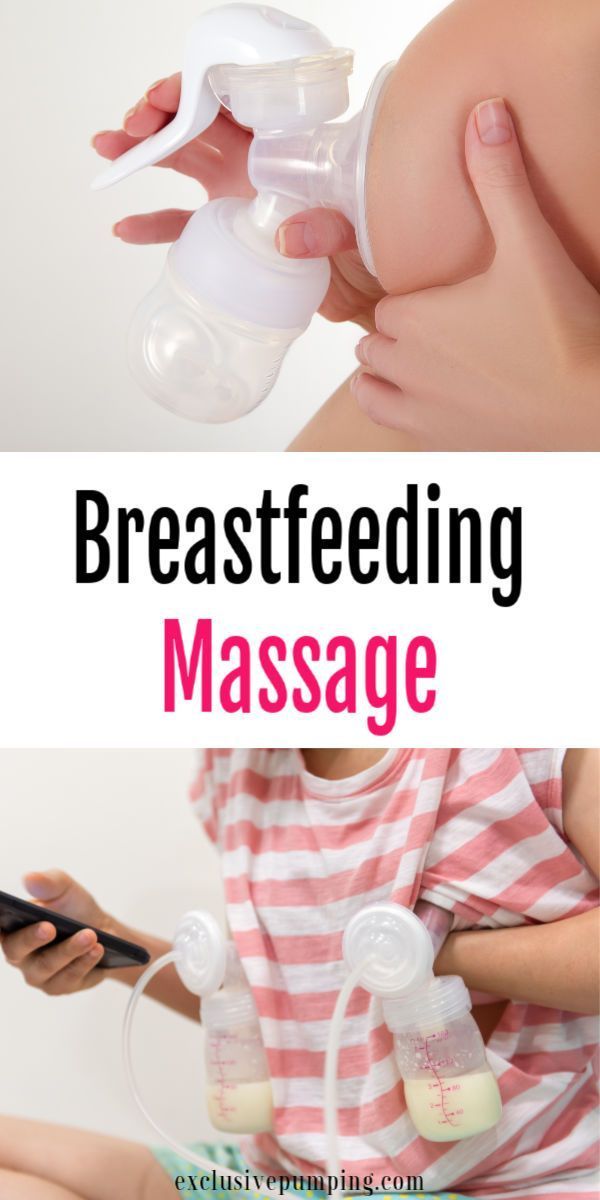 1
1
At the same time, your newborn is also learning to coordinate the way he sucks and swallows, so some coughing and spluttering at the breast is also to be expected.
After around four to six weeks, surges in your prolactin will gradually decrease, and your milk production should start to follow a more straightforward ‘supply and demand’ process based on your baby’s needs.2 But with so many hormonal changes happening in your body as a new mum, it’s not surprising that it can take time to adjust. Some mums find that their milk supply settles down quickly, while for others it may take a little longer.
Signs of breast milk oversupply in your baby
Overabundant milk supply seems to go hand-in-hand with a fast flow, especially during the first let down. Your baby may respond by coughing and spluttering near the start of a feed, clamping or biting down, or holding the breast very loosely in his mouth. He may come off the breast because the fast flow is a bit of a shock to him, and then cry because his feed has been interrupted.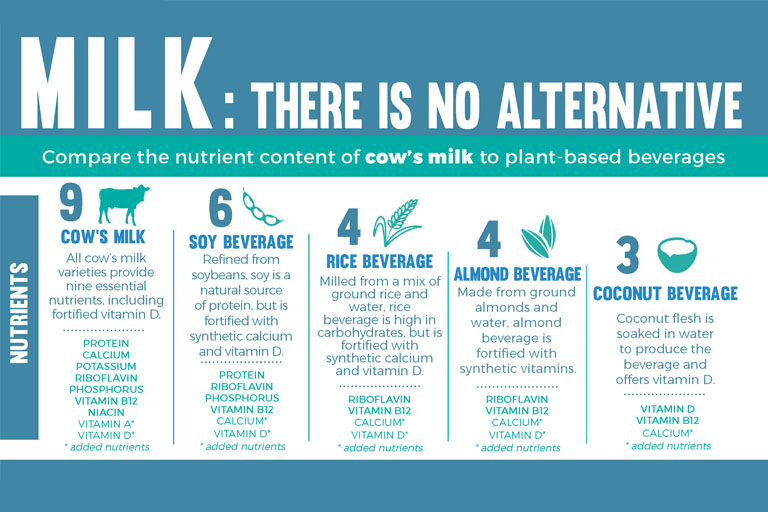 He’ll probably take in large volumes of milk, along with lots of air, and might spit up a lot and need frequent burping as a result. Be as gentle as possible if you’re burping him – jerky movements combined with a quickly filled belly can cause vomiting and upset some babies.
He’ll probably take in large volumes of milk, along with lots of air, and might spit up a lot and need frequent burping as a result. Be as gentle as possible if you’re burping him – jerky movements combined with a quickly filled belly can cause vomiting and upset some babies.
At the start of a breastfeed, the milk your baby is getting is relatively low in fat and consists mostly of lactose (sugar) and protein. As the feed progresses and your breast empties, the fat content of your milk steadily increases. In cases of oversupply, your baby may become full before he has completely drained your breast. This means that he is getting plenty of lactose-rich breast milk, but not as much of the high-fat milk that comes towards the end of a feed. Too much lactose, instead of a balanced meal, can be hard for babies to digest, resulting in explosive, frothy, green poos.
Paradoxically, in this situation your baby may want to feed constantly and be fussy in between feeds – although he’s taking in lots of calories, the low fat content of the milk means he never feels fully satisfied.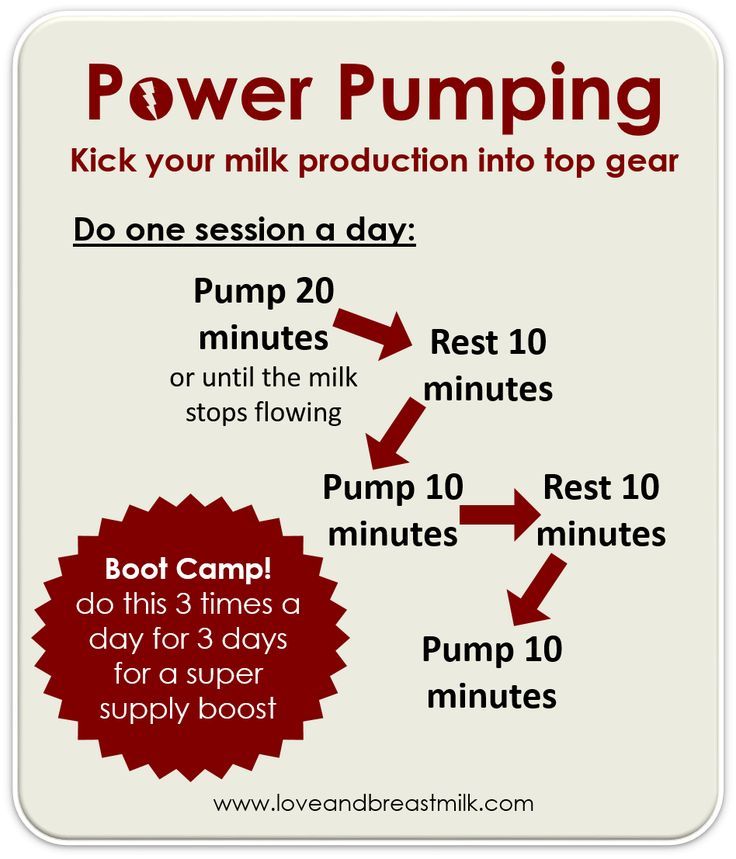 This is because it’s the fat in food that makes us feel full. Think of the difference between eating dozens of rice crackers, and eating some cheese and biscuits – the cheese will make you feel more satisfied as it’s higher in fat.
This is because it’s the fat in food that makes us feel full. Think of the difference between eating dozens of rice crackers, and eating some cheese and biscuits – the cheese will make you feel more satisfied as it’s higher in fat.
However, all of the above symptoms can be caused by other things, such as reflux, allergies or even, conversely, a low milk supply. Only if they are combined with excessive weight gain is breast milk oversupply likely to be the cause. Babies are expected to gain around 900 g (2 lb) per month, but in cases of oversupply, they will put on much more – often around double that.1 If your baby appears to have symptoms of oversupply but is gaining an average amount of weight, see a lactation consultant or breastfeeding specialist for advice.
Oversupply symptoms you may experience
Mums with too much breast milk often experience uncomfortable feelings of engorgement and tension and constantly feel overfull.3 As we have seen, leaking breast milk is normal in the first six weeks or so, and not usually a sign of oversupply. But if you’re still getting soaked every time your baby feeds after this period, it may be an issue.
But if you’re still getting soaked every time your baby feeds after this period, it may be an issue.
Because a baby can’t always drain a very full breast, it’s also common to experience blocked ducts or repeated bouts of mastitis as a result of oversupply. However, these problems may also have other causes.
How to decrease milk supply
If you’ve established that you have too much breast milk and it’s a problem, here are a few simple measures that may help. For some mums these are sufficient:
- Try laid-back breastfeeding. Feeding in a reclined position, or lying down, can be helpful because it gives your baby more control. He can set the pace and lift his head for a break if your flow is too fast for him. Remember to place a towel underneath you to catch any excess milk!
- Relieve pressure. If your breasts are very uncomfortable you can hand express or pump a little milk to relieve them – but try to express the smallest amount possible.
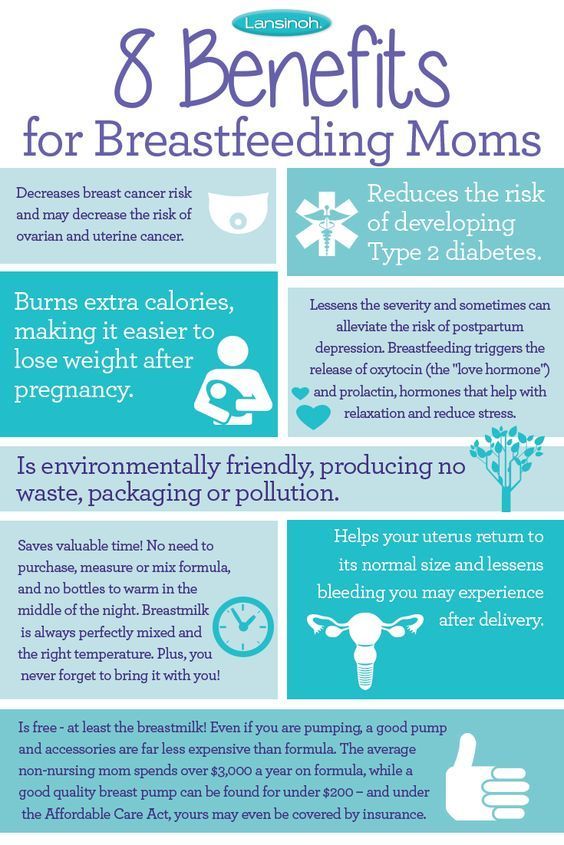 Each time you remove milk, you’re sending your breasts a message to produce more. So, while expressing can bring temporary relief, in the long run it could make the problem worse. If you need to express and store milk for times when you’re apart from your baby, it’s best to wait until you’ve addressed your oversupply.
Each time you remove milk, you’re sending your breasts a message to produce more. So, while expressing can bring temporary relief, in the long run it could make the problem worse. If you need to express and store milk for times when you’re apart from your baby, it’s best to wait until you’ve addressed your oversupply. - Try nursing pads. If you're leaking milk, popping disposable nursing pads super or milk collection shells inside your bra could help you stay dry. If your leakage is only light to moderate or you have leaking breasts during pregnancy, Ultra thin disposable nursing pads will help you feel confident in a discreet way.
- Avoid lactation teas and supplements. If you’ve been drinking mother’s milk teas, eating lactation cookies or taking herbal supplements to encourage breast milk production in the early days, make sure you stop – these could now be part of the problem.
Block feeding to reduce milk supply
If you’ve tried the above and you or your baby are still having problems, a technique called block feeding could get your supply to a more manageable level.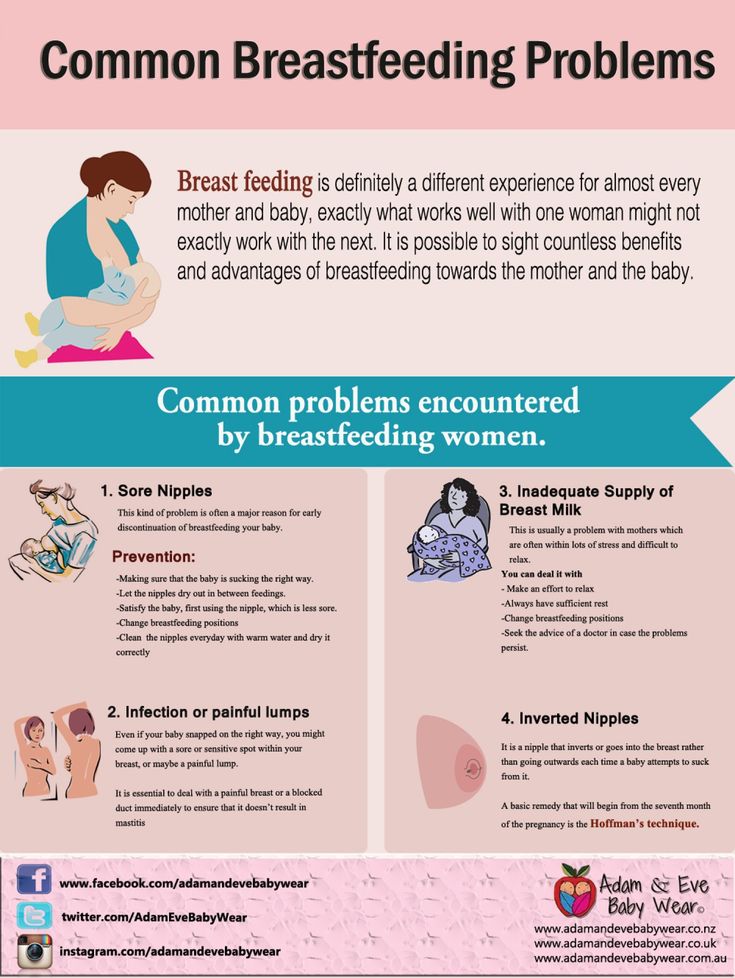 But get advice from a lactation consultant or breastfeeding specialist before trying this method.
But get advice from a lactation consultant or breastfeeding specialist before trying this method.
With block feeding, you breastfeed your baby whenever he wants for a period of four hours, but from one breast only. Your other breast will become very full of milk. As your breast milk contains something called ‘feedback inhibitor of lactation’ (FIL), the excessive fullness signals that breast to slow down milk production. It’s your body’s way of ensuring that your breasts don’t fill up endlessly.
Try this technique for 24 hours, alternating breasts every four hours. If there’s no improvement, you can increase the length of the blocks to six hours.
Full drainage and block feeding technique
If there’s still no improvement after another 24 hours, there’s another version of this technique that can be suitable for mums with more extreme oversupply, called ‘full drainage and block feeding’.3
With this method, you use an electric breast pump to fully drain your breasts at the start of the day, then feed your baby immediately afterwards.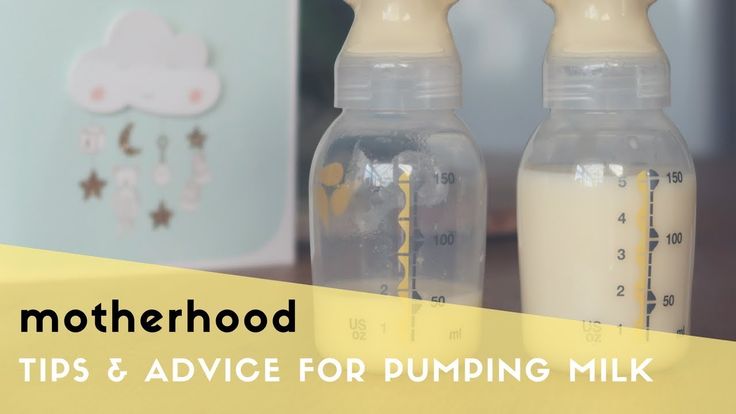 The flow will be slower, which means your baby should be able to cope better. He’ll also get more of the higher-fat milk that comes at the end of a feed, so will feel more satisfied.
The flow will be slower, which means your baby should be able to cope better. He’ll also get more of the higher-fat milk that comes at the end of a feed, so will feel more satisfied.
You can then begin block feeding for four hours at a time, as above. If this isn’t effective, switch to blocks of six, eight or 12 hours the next day, depending on how severe the oversupply problem is. Talk to a healthcare professional before attempting this technique.
You may not need to fully drain your breasts again after the first instance, but some mums need to do it once or twice more. Some mums notice an improvement within one or two days, or a little longer, but block feeding should not be continued for more than five days.
References
1 Morbacher N. Breastfeeding answers made simple. Amarillo TX, USA: Hale Publishing; 2010.
2 Cox DB et al. Blood and milk prolactin and the rate of milk synthesis in women. Exp Physiol. 1996;81(6):1007-1020.
3 van Veldhuizen-Staas CG.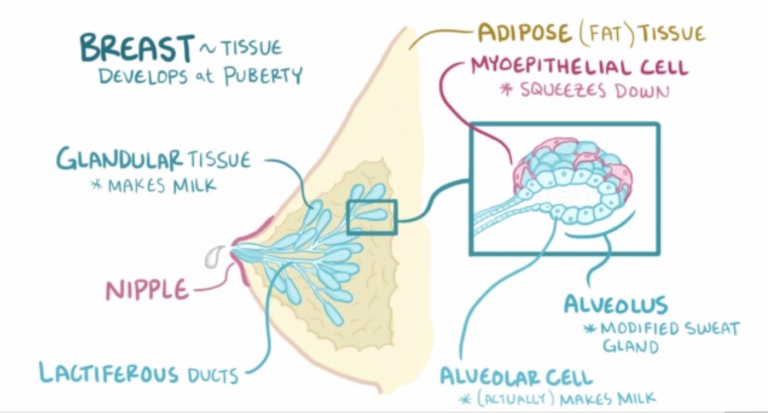 Overabundant milk supply: an alternative way to intervene by full drainage and block feeding. Int Breastfeed J. 2007;2(1):11.
Overabundant milk supply: an alternative way to intervene by full drainage and block feeding. Int Breastfeed J. 2007;2(1):11.
Breast Milk Oversupply | Advice for New Parents
Many women naturally make more milk than their infant needs. Sometimes an oversupply is created by over stimulating the breasts doing both breastfeeding and pumping. Having an oversupply of breast milk can be uncomfortable for both mother and her infant.
Signs of Oversupply - Mom
The following are signs of oversupply in the mom:
- Leaking a lot of milk
- Breast pain from feeling overly full
- Nipple pain usually from infant biting, chewing or clenching down to slow a very fast let down
- Recurring plugged ducts or mastitis
Signs of Oversupply - Infant
The following are signs of oversupply in the infant:
- Gulping, coughing, choking or sputtering during feedings
- Frequently detaching from the breast during feedings
- Fussiness between feedings and/or cuing to feed all the time (even after drinking plenty of milk)
- Frequently spitting up
- Passing lots of gas
- Explosive, green, frothy or watery stools; maybe even mucus or blood in the stool
- Overly fast weight gain
- May be diagnosed with “reflux”, “colic”, “lactose intolerance”, or even “failure to thrive”
Since most mothers and infants have symptoms, treatment is often a two-step process.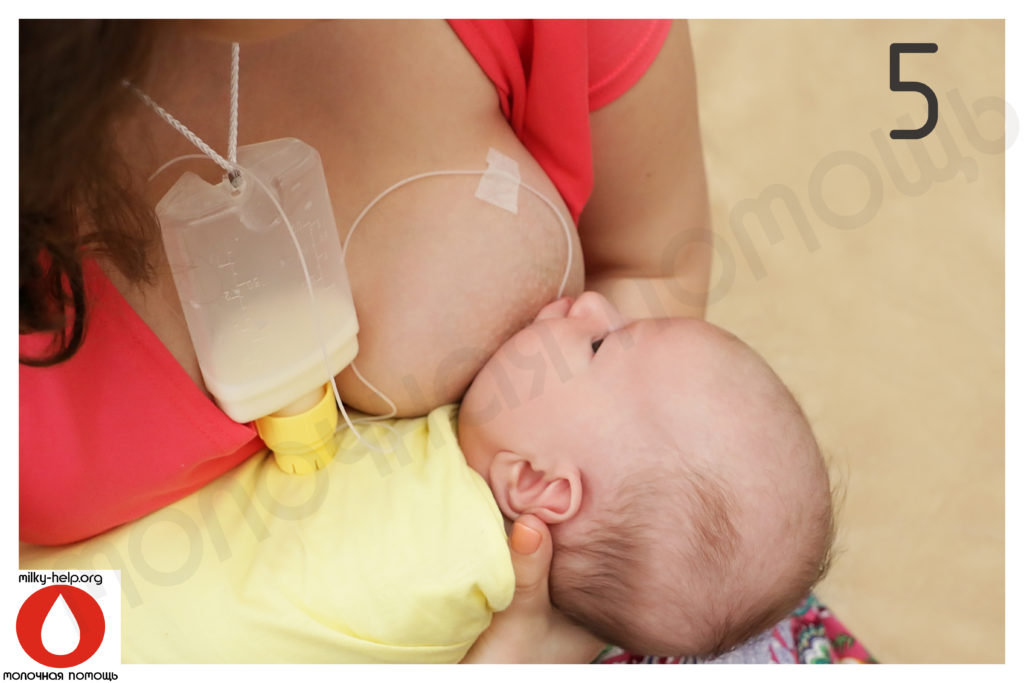
- Feedings at the breast must be more comfortable for mother and infant.
- A small decrease in milk production will make feedings more enjoyable for mother and infant.
Suggestions for making a little less milk
The following are suggestions on how to make less milk:
- Use only one side for a three hour block of time, returning to the same breast if your infant cues to feed again in that time frame. Express a minimum amount from the other breast only as needed for comfort, until the next three hour block.
- Gradually increase the time blocks up to 12 hours per breast, as needed.
- There are medications and herbs that can be used if these strategies do not work for you. Call your lactation consultant or The Center for Breastfeeding Medicine at 513-636-2326 for guidance.
Stop these strategies as you decrease your milk supply and feeds become more comfortable.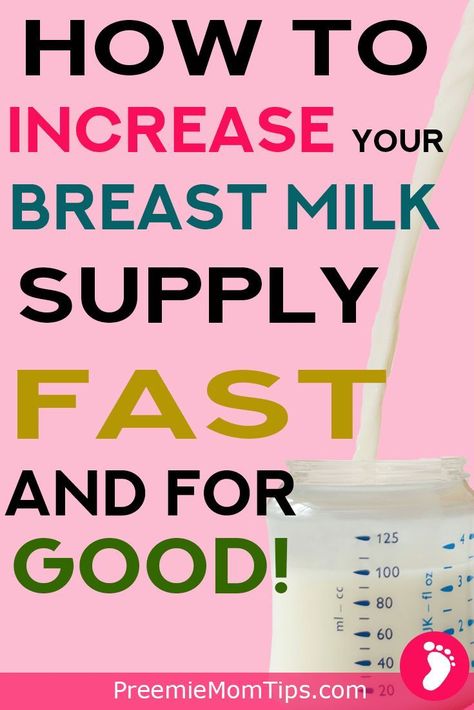
Suggestions for managing feedings with a very fast milk flow
Here are suggestions for managing feedings with a very fast milk flow:
- Try feeding when your infant is drowsy
- Offer the breast before it gets overly full
- If your breast is overfull, hand express or pump just the initial fast flow of milk and then latch your infant
- Try feeding positions that use gravity to slow the flow of milk, such as a laid back nursing position
- Burp frequently and give your infant breaks to pace him/herself
- Firmly press the pinky side of your hand into your breast (like a karate chop) during the initial fast let down to slow the flow of milk. As your infants sucking slows down, release your hand to allow milk flow.
Last Updated 03/2020
Reviewed By Barb Chaney, MSN, RN, IBCLC
Contact us or refer a patient.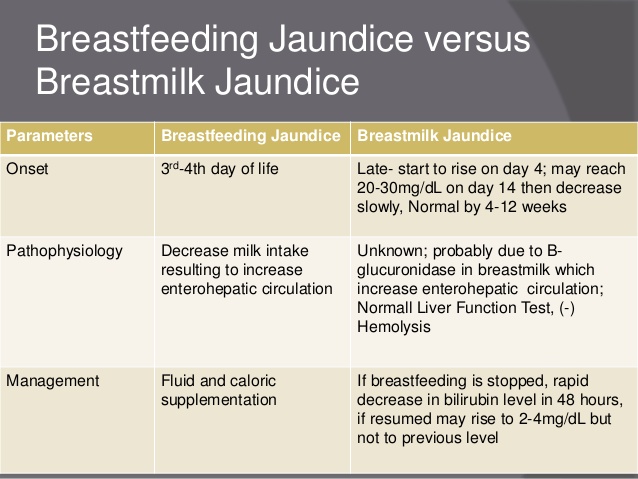
Too much milk? Reduced lactation
Sometimes you may feel like you are producing too much milk, especially in the first weeks of breastfeeding. After reading our article, you will find out if you really have too much milk, and what can be done to reduce it.
Share this information
Breast milk is very healthy, so it's good to have a lot of it, right? However, this is not always the case. Babies can sometimes have a hard time coping with the rapid rush of milk that usually accompanies excess lactation. And mothers who have too much milk often experience discomfort due to the constant leakage of milk and often suffer from mastitis. nine0003
Fortunately, there are a number of ways to help in this situation. But before you use them, answer two important questions:
Do I really have too much milk?
Some of the symptoms of over-lactation (listed below) may occur for very different reasons.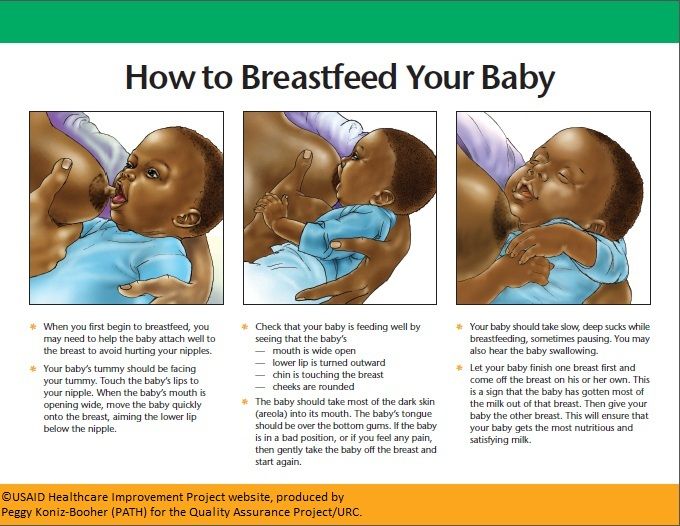 You should not try to reduce the production of breast milk, if you are not sure that it is the overabundance of it that is the main problem. Otherwise, this can lead to the fact that your baby will produce less milk than your baby needs, especially in the critical first month when production is just being established. nine0003
You should not try to reduce the production of breast milk, if you are not sure that it is the overabundance of it that is the main problem. Otherwise, this can lead to the fact that your baby will produce less milk than your baby needs, especially in the critical first month when production is just being established. nine0003
Is being overweight a problem for me or my baby?
If you are sure that you have an excess of milk, but this does not cause problems for you and your baby, you do not need to do anything. In most cases, everything returns to normal within the first few months. As the baby grows, he will learn to better cope with the rapid flow of milk and will feed with pleasure.
Leakage is not always a sign of too much milk
During the first four to six weeks of your baby's birth, the level of prolactin, the hormone responsible for milk production, will rise each time the breast is emptied. In these first weeks, the breast learns to produce milk in the amount that the baby needs, depending on the time of day.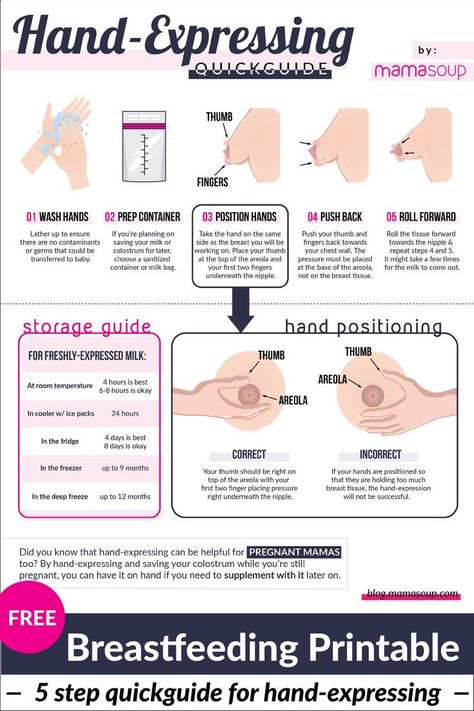 Therefore, excessive leakage, rapid filling of the breast, and even splashing of milk during a rush are the norm. 1
Therefore, excessive leakage, rapid filling of the breast, and even splashing of milk during a rush are the norm. 1
At the same time, your baby is learning to suck and swallow milk, so you shouldn't be surprised if he suddenly coughs or chokes when he suckles. nine0003
After about four to six weeks, the spikes in prolactin levels will begin to fade and milk production will become more balanced, adjusting to your baby's needs on a supply and demand basis. 2 However, given the many hormonal changes that occur in the body of a young mother, such a restructuring may take some time. In some mothers, milk production is established quickly, in others a little longer.
Behavior of the child, which may indicate an excess of milk
When overproduced, milk is usually released very quickly, especially during the first flush. As a result, the baby may cough or choke at the beginning of a feed, push back, or hold the breast loose in the mouth. The baby may pull away from the chest, frightened by a quick rush, and then cry because he hasn’t eaten.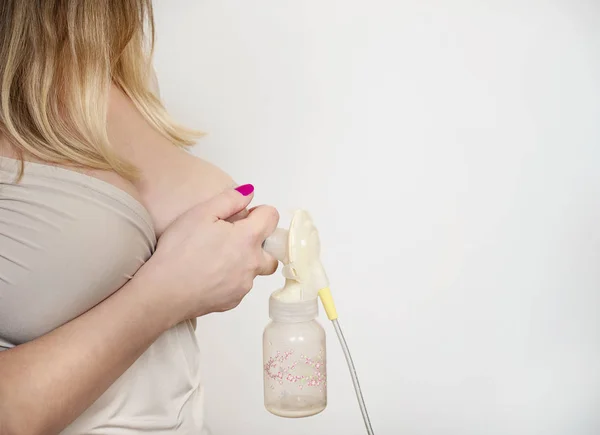 He can swallow milk in large volumes and with a lot of air, and after that he will spit up a lot. Try to be as careful as possible when you help him burp - sudden movements combined with a full tummy can cause the baby to vomit and scare him even more. nine0003
He can swallow milk in large volumes and with a lot of air, and after that he will spit up a lot. Try to be as careful as possible when you help him burp - sudden movements combined with a full tummy can cause the baby to vomit and scare him even more. nine0003
At the start of a feed, milk is relatively low in fat and consists mainly of lactose (sugar) and proteins. As the breast is fed and emptied, the fat content constantly increases. In the case of excess milk production, your baby may feel full before he completely empties his breast. This means that he will get a lot of lactose-rich milk, but not enough fat-rich milk that comes towards the end of a feed. Excess lactose instead of a balanced diet can make digestion difficult and cause hard, frothy, and greenish stools. nine0003
Oddly enough, in such a situation, the baby may constantly want to eat and behave restlessly between feedings. Despite the high calorie content, the low fat content of milk prevents it from being fully satiated.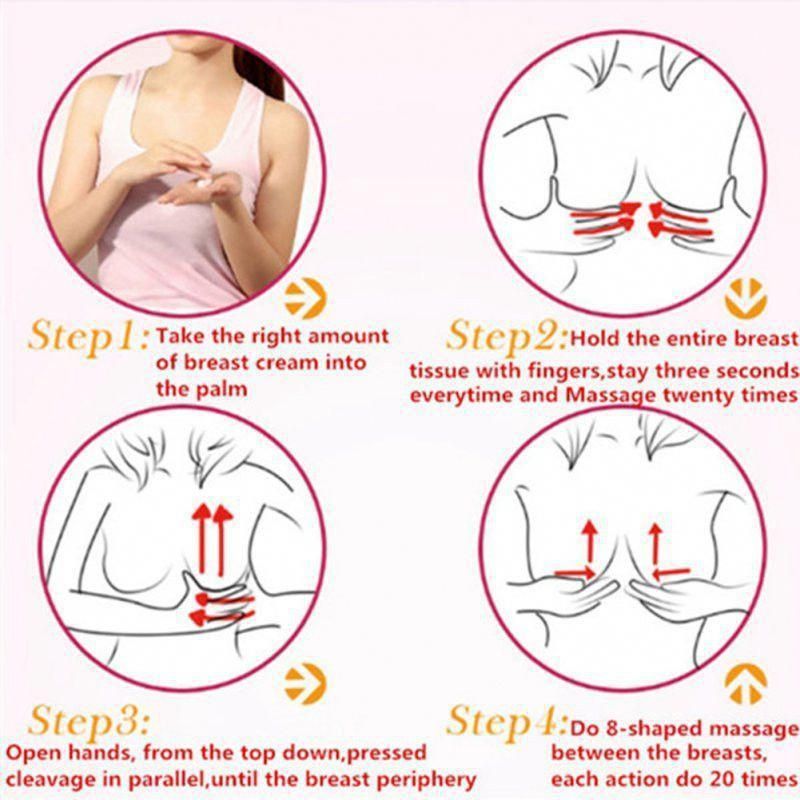 It is the fat contained in food that gives us a feeling of satiety. What happens if you eat a few dozen rice crackers or a slice of cheese with a cookie instead? You will fill up on cheese faster, as it is more saturated with fats.
It is the fat contained in food that gives us a feeling of satiety. What happens if you eat a few dozen rice crackers or a slice of cheese with a cookie instead? You will fill up on cheese faster, as it is more saturated with fats.
However, all these symptoms can be caused by completely different problems, such as reflux, allergies, or even vice versa, insufficient milk production. An excess of breast milk can indeed cause these symptoms, but only if they are accompanied by excessive weight gain. Children usually dial around 900 g per month, but in the case of an excess of milk, they can gain much more, often almost twice as much. 1 If you feel like you are having too much milk but your baby is gaining weight normally, contact your lactation consultant or your healthcare provider.
Symptoms that may indicate an excess of milk in mothers
Mothers with an excess of breast milk often experience swelling and tightness in the breast, which constantly seems full. nine0029 3 As already noted, the leakage of breast milk in the first six weeks does not indicate its excess. However, if this continues at every feeding and after this period, it may be that the problem is in the overabundance.
nine0029 3 As already noted, the leakage of breast milk in the first six weeks does not indicate its excess. However, if this continues at every feeding and after this period, it may be that the problem is in the overabundance.
A baby cannot always empty a full breast, so when there is an excess of breast milk, blockage of the milk ducts or periodic bouts of mastitis often occur. However, these problems can also be caused by other reasons.
How to reduce milk production
If you have found that you have too much breastmilk and this is causing you concern, here are a few simple things that can help. For some mothers, they are enough.
- Try feeding in a relaxed position. Reclining or lying down feeding will allow the baby to better control the process. In this position, the baby sets the rhythm of feeding himself and can always raise his head to take a break if the milk is released too quickly. Don't forget to put a towel over to soak up spilled milk.
 nine0066
nine0066 - Release pressure. If full breasts make you uncomfortable, try expressing some milk by hand or with a breast pump, but try to express as little milk as possible. Every time you empty your breast, you send a signal to her to produce even more milk. Therefore, pumping provides short-term relief, but with prolonged use, it can only aggravate the situation. If you need to express and store milk to feed your baby when you are not around, it is best to address the problem of excess production first. nine0066
- Try bra pads. If you have milk leaks, put special pads or pads in your bra to collect milk* to keep your underwear dry. If your milk leakage is moderate and already decreasing, or your breasts leak slightly during pregnancy, ultra-thin disposable pads will help you feel confident in any life situation.
- Avoid teas and lactation supplements. nine0014 If you have been drinking teas, eating special biscuits, or taking supplements to improve breast milk production, this should be stopped now to resolve the problem.
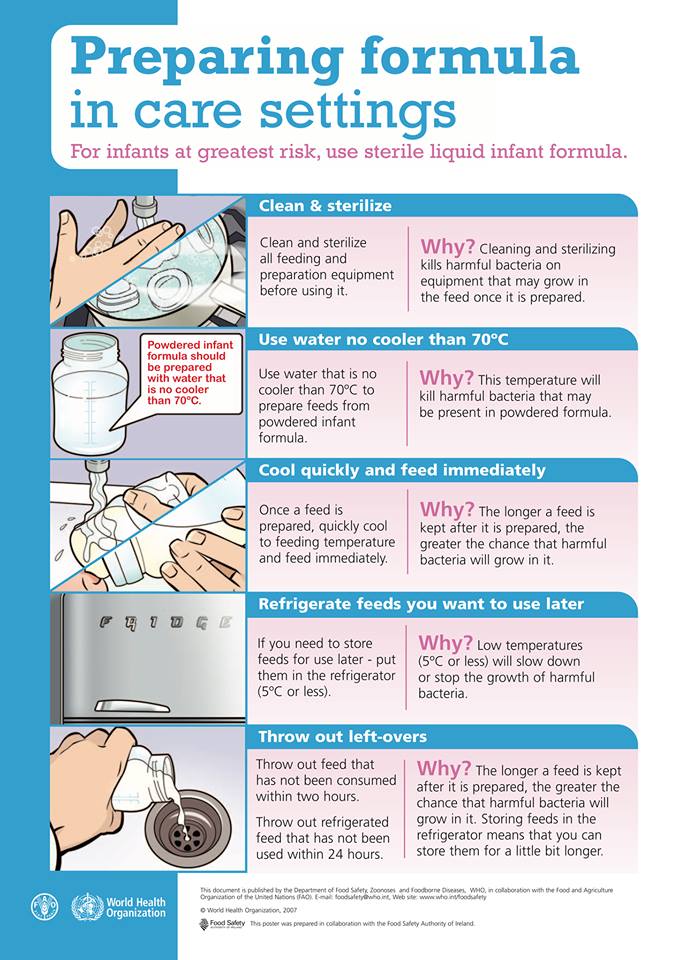
"Breast Watch" to reduce milk production
If all the above methods fail, you can try a technique called "Breast Watch", which allows you to better control milk production. However, before trying this method, check with a lactation consultant or healthcare provider. nine0003
On breastfeeding, you feed your baby on demand, but only on one breast for four hours. The second breast during this time is strongly filled. Since breast milk contains what is known as a "feedback lactation inhibitor", due to overfullness, the body sends a signal to that breast to slow down milk production. This is a natural way to protect the breast from endless filling.
This technique must be applied for 24 hours, changing breasts every four hours. If the milk does not become less, try increasing the duration of the "watch" to six hours. nine0003
Complete emptying and “breast duty” technique
If after another day there is still a lot of milk produced,
you can try another version of this technique, which is recommended in cases of extreme overabundance.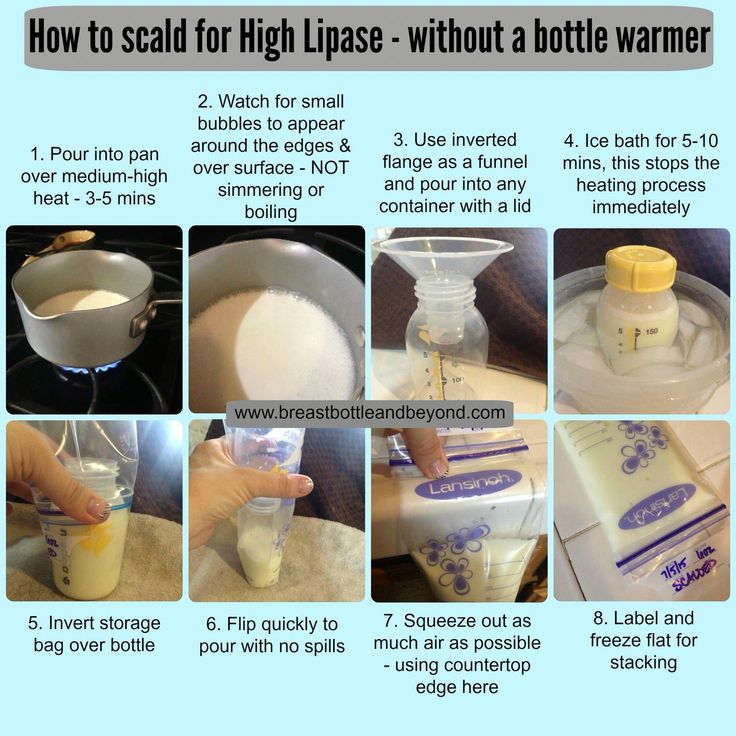 It is called "complete emptying and duty of the breast." 3
It is called "complete emptying and duty of the breast." 3
In this method, both breasts must be completely emptied in the morning with an electric breast pump and breastfeeding should be started immediately. The flow of milk will be weaker and allow the baby to eat calmly. In addition, he will get more fat-rich milk, which comes at the end of feeding, which means he will feel more full. nine0003
After that, you can continue the "breast watch" for four hours, as described above. If that doesn't help, try increasing the interval to six, eight, or twelve hours the next day, depending on the extent of the problem. Before using this technique, be sure to consult with your doctor.
You may not need to completely empty your breasts after the first use of this technique, but some mothers have to do this once or twice. Improvement usually occurs within the first two days or a little later, but in no case should "breast watch" be used for more than five days. nine0003
Literature
1 Morbacher N.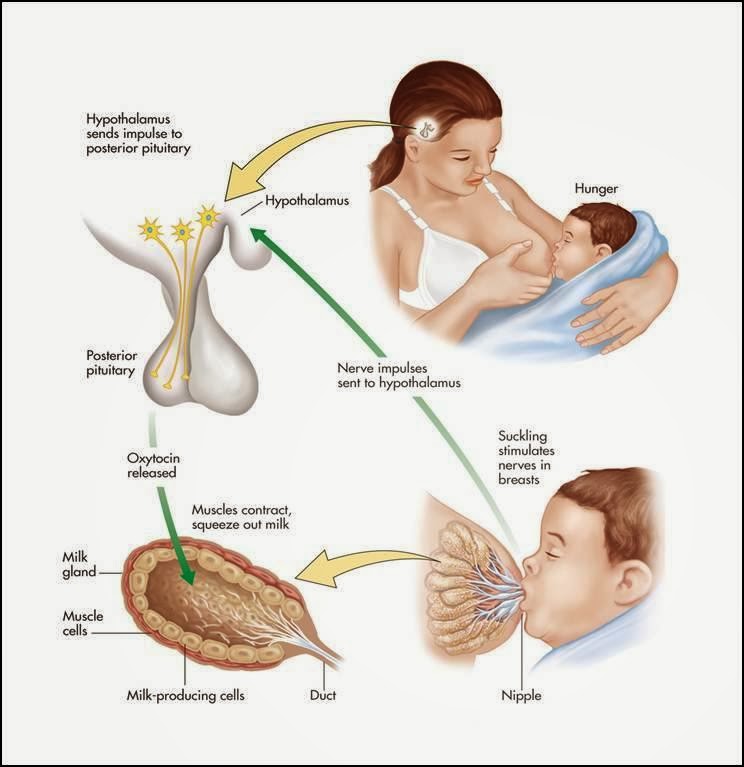 Breastfeeding answers made simple. Amarillo TX , USA : Hale Publishing ; 2010. - Morbacher N., "Simple answers to questions about breastfeeding." Amarillo, Texas, USA: Publishing Hale 0106 et al . Blood and milk prolactin and the rate of milk synthesis in women. Exp Physiol. 1996;81(6):1007-1020. - Cox D.B. et al., Effects of blood and milk prolactin on milk production in women. Exp Physiol. 1996;81(6):1007-1020.
Breastfeeding answers made simple. Amarillo TX , USA : Hale Publishing ; 2010. - Morbacher N., "Simple answers to questions about breastfeeding." Amarillo, Texas, USA: Publishing Hale 0106 et al . Blood and milk prolactin and the rate of milk synthesis in women. Exp Physiol. 1996;81(6):1007-1020. - Cox D.B. et al., Effects of blood and milk prolactin on milk production in women. Exp Physiol. 1996;81(6):1007-1020.
3 van Veldhuizen-Staas CG. Overabundant milk supply: an alternative way to intervene by full drainage and block feeding. Int Breastfeed J . 2007;2(1):11. - van Velhusen-Staas SJ, "Milk Overabundance: An Alternative Countermeasure by Total Drying and Blocking of Feeds." Int Brestfeed J (International Journal of Breastfeeding). 2007;2(1):11.
2007;2(1):11.
Read instructions before use. Consult a specialist about possible contraindications.
* RC № FZZ 2010/07352 dated 19.07.2010
How to reduce the amount of milk - "Healthy Child's Internet Cabinet"
Ksenofontova Olga Leonidovna
Deputy chief physician of MBU "EKPC"
Let's start with the fact that, generally speaking, a lot of milk is good. The child will be full and healthy, because mother's milk is the best and healthiest food for young children. But sometimes it happens that milk is not just a lot, but a lot. And for a woman, an excess of milk is little better than its lack: nine0003
- Full chest aching and sore
- Full breasts are at high risk for lactostasis
- It is more difficult for a baby to latch on to an overcrowded breast properly, so feeding hurts the mother
- Milk from a full breast spurts in dense streams, the child chokes, swallows air, and then burps or suffers from tummy
- Milk from a full breast leaks, wets clothes and causes irritation (both to the skin and to the whole mother;))
- Breasts begin to stretch from excess milk (yes, those terrible stretch marks!)
How to tell if there is too much milk?
- Breast constantly full of milk, hot and like a balloon
- Cramped chest hurts, pain radiates to the armpits
- Feeding does not bring much relief
- Milk constantly leaks from the breast drop by drop nine0063 When trying to express, milk either does not come out, or it beats from the chest in tight jets
Why is there too much milk?
Basically, problems begin with young mothers in the hospital or in the first days after discharge - milk comes.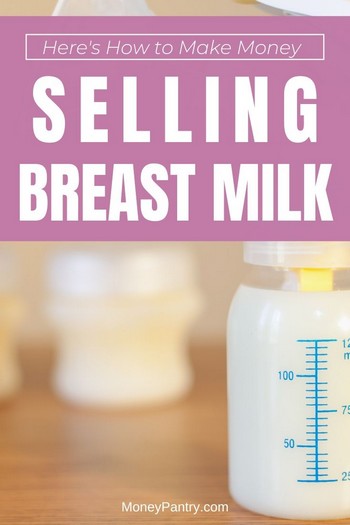 The causes of hyperlactation (excess milk) can be different. This is both heredity and the efforts of the woman herself, who is worried that there will not be enough milk - in the first days after childbirth there is still no milk, but there is a small amount of colostrum, and the baby sucks intensively at the breast. In addition, too much milk happens when there is a hormonal imbalance (more often when treating infertility, taking birth control pills, or with pathologies of the thyroid gland, ovaries or pituitary gland). nine0003
The causes of hyperlactation (excess milk) can be different. This is both heredity and the efforts of the woman herself, who is worried that there will not be enough milk - in the first days after childbirth there is still no milk, but there is a small amount of colostrum, and the baby sucks intensively at the breast. In addition, too much milk happens when there is a hormonal imbalance (more often when treating infertility, taking birth control pills, or with pathologies of the thyroid gland, ovaries or pituitary gland). nine0003
Basic errors
First of all, we list the most logical at first glance, but the least effective (or even exacerbate the problem!) Measures taken by inexperienced mothers who have too much milk:
- Limit drinking - if the body has already "wounded" and the brain receives a signal "to produce a lot of milk", the matter cannot be improved by restricting fluid - there will be no less milk, but dehydration of the body can be obtained.
 nine0066
nine0066 - Reduce lactation with hormonal preparations , especially without the recommendation of a specialist - you can easily overdo it and stop milk production for good, ruin your figure, and just get hooked on hormones. Such a measure is possible, but only after passing the appropriate tests, identifying violations and consulting with a specialist.
- Express all the milk - the more milk we express, the more milk comes next time.
- Tighten the breast - such a measure will not particularly affect the amount of milk, and it can easily provoke lactostasis.
What if you have a lot of milk?
In most cases, it is quite possible to adjust lactation on your own without resorting to specialists. If you act correctly, then the loss of milk does not threaten you, but you will learn to cope with the "milk rivers" and will be able to feed calmly without experiencing discomfort. nine0204 Here they are, competent actions if you have a lot of milk :
- Feed your baby one breast at a time - if it is usually recommended to give first one breast and then the second in one feeding, then if you have a lot of milk, the baby will be completely full from one breast.
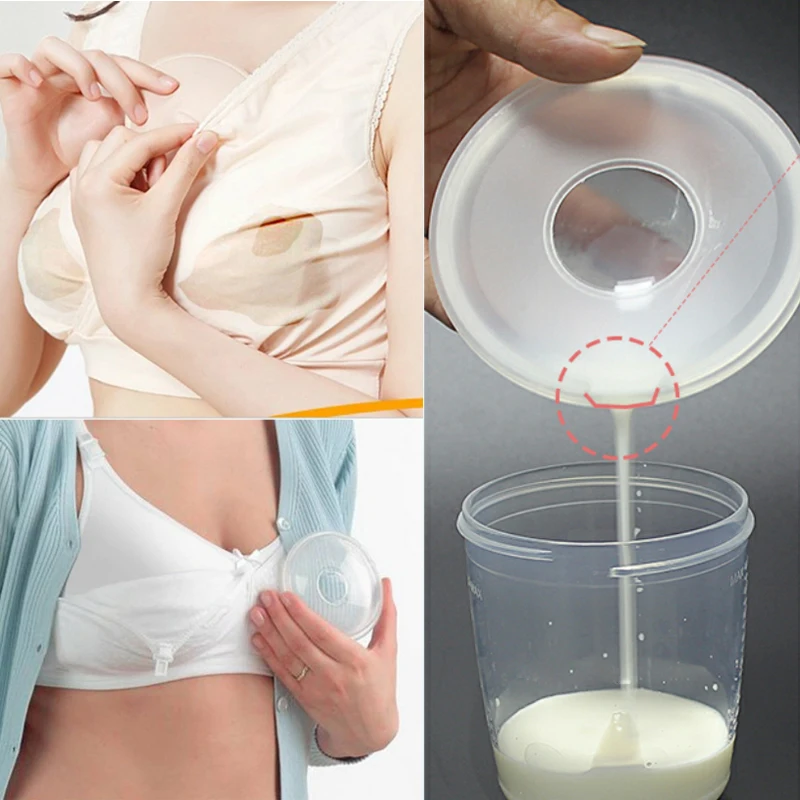
- Monitor the baby's grip - if the grip is incorrect, the baby does not get to the rear, more fatty milk, and the front, sweet, is quickly absorbed, and the baby asks to eat again, stimulating additional milk production. nine0066
- If the baby cannot take on an overfull breast, or takes, but chokes, it is worth expressing some milk before starting feeding to make it easier for the baby.
- If the baby is choking on milk, swallowing air and spitting up profusely, feed him in an upright or semi-upright position. The trick is that the child's head is above his stomach, then the air comes out by itself, without causing inconvenience to the baby, and the milk is better absorbed. You can even feed a newborn in an upright position, either in the usual “cradle” position, lowering the legs lower, or in a self-attachment position, when you are reclining on your back, the child lies on your stomach and takes the breast in this position. nine0066
- If milk is leaking from the second breast, you can either close the nipple with your finger for 1-2 minutes (after that the milk will stop flowing by itself), or place a glass under the stream of milk, or put an absorbent pad in the bra.




